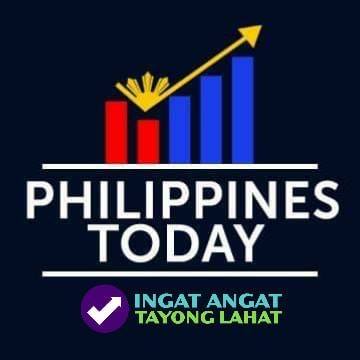The Philippines had its K-Culture moment. It let it slip.
While South Korea turned long-term cultural investment into global soft power, the Philippines failed to match vision with infrastructure.
In the late 1980s, as French cinema sparked late-night conversations among young artists in Seoul, a similar scene was unfolding in Manila. The Goethe-Institut was hosting film workshops that captured the social and political turbulence of the Philippines’ post-Marcos years—raw, urgent, and full of creative promise.
Both efforts were products of what foreign policy scholars now call “patient diplomacy”—the long game of cultural engagement where soft power is built over decades, not news cycles.
South Korea turned its moment into a global cultural juggernaut. The Philippines did not.
Why? Because cultural diplomacy demands more than creativity. It requires patience—and infrastructure.
The concept of “patient diplomacy,” defined as long-term cultural engagement with strategic intent, was explored in a 2022 report by the British Foreign Policy Group. It argued that “patient diplomacy requires commitment, trust-building and a deep understanding of a country’s cultural and political context. It is often far more effective than short-term, transactional diplomacy.”
France practiced this in Seoul through its cinema programs, particularly at the French Institute, which, according to Korean cultural official Hangjun Lee, became a gathering ground for young creatives. “Patient diplomacy helped create K-culture,” Lee said in an interview during the 2024 World Conference on Creative Economy in Uzbekistan. These informal salons bred a generation of Korean filmmakers, festival directors, and critics who now define the country’s creative brand.
France invested early in Korea’s cultural scene, and over time, those seeds took root. From film critics to globally acclaimed directors, Korea’s creative community built institutions—backed by national investment and strengthened by the country’s preparation for mega-events.
While the 1993 World Expo and the 2002 FIFA World Cup are often criticized for saddling developing countries with debt, in South Korea’s case, they proved pivotal. The investment didn’t stop at stadiums; it extended to museums, galleries, and arts education. The Korean government treated culture not as ornamentation, but as soft power strategy.
Three decades later, the payoff is staggering—from K-pop and K-drama to a Nobel Prize in Literature.
The Philippines had a parallel spark. Goethe’s workshops in Manila trained filmmakers during a similarly transitional moment. Many of their films, according to cultural researcher Merv Espina, captured the fragility of Philippine democracy and the pulse of an emerging artistic voice. Espina is now leading a long-term archival project to preserve these forgotten works.
The Philippines had the raw material. What it lacked was stability—and strategy.
While Seoul’s cultural community grew alongside national development and coordinated foreign diplomacy, Manila’s artists were left to fend for themselves amid economic crises, censorship, and a revolving door of leadership. Instead of scaling creative infrastructure, the country cycled through political unrest and underinvestment. No cultural masterplan, no strategic exportation, and no mega-events to anchor global attention. The momentum fizzled.
The lesson is clear: cultural influence is not organic. It is built, patiently and intentionally, often with foreign partners. But for foreign cultural diplomacy to succeed—whether from France, Germany, or beyond—there must be something stable and strategic to meet it.
Korea’s rise wasn’t inevitable; it was engineered. Manila had the right elements once—foreign partners, creative ferment, public interest—but lacked the policy coherence and long-term vision to carry it through.
Today, Uzbekistan is working to replicate South Korea’s development model, with stadiums and sports facilities rising in Tashkent’s Olympic town—initially slated to host the 2025 Asian Youth Games, before the event was unexpectedly moved to Bahrain. At the same time, cultural funding is flowing in from international partners, including the British Council and the Qatar Fund for Development.
Vietnam is taking a similar path. It has quietly opened its economy, balanced major powers, and invested in education and culture to build long-term credibility. Like Korea before the K-wave, Vietnam is playing the long game—using patient diplomacy to lay the foundation for future soft power.
Meanwhile, the Philippines risks being left behind again. We can’t rely on talent alone. The global stage rewards those who show up with structure, vision, and staying power.
The Philippines has the talent. The real question is: does it have the patience?
There is still time to catch up. The Philippine Creative Industries Development Act (Republic Act No. 11904) lays the groundwork for a long-overdue national strategy—one that recognizes the creative sector as a driver of economic growth, cultural diplomacy, and social innovation. But legislation alone is not enough. It must be matched with sustained investment, coherent planning, and cross-sector coordination to ensure the industry’s full potential is realized.
The said law offers a second chance—however, realizing its full potential will require treating culture not as an afterthought but as a pillar of national development.



0 Comment